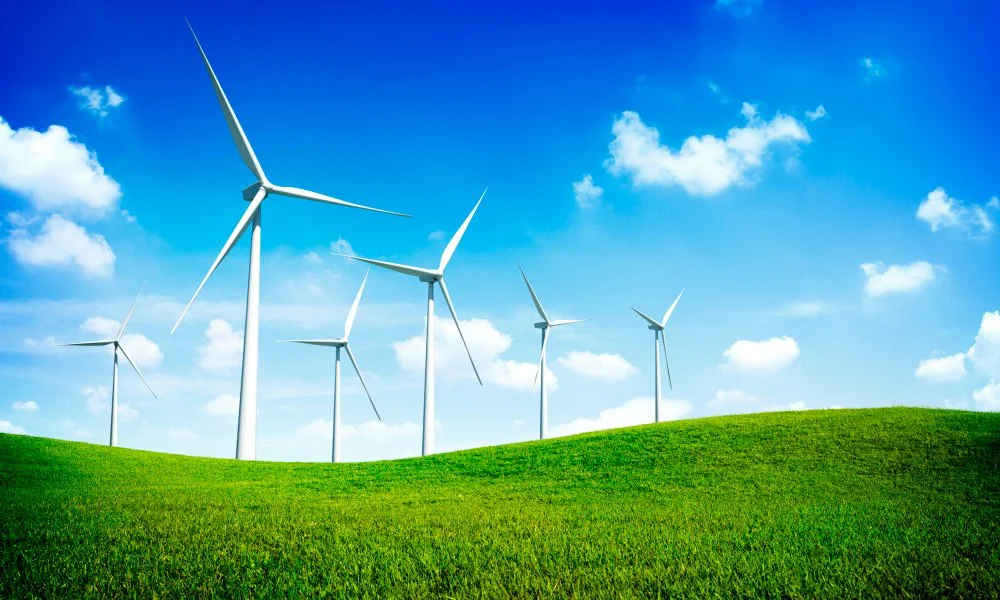Introduction:
In the ever-evolving landscape of environmental consciousness and technological innovation, “green energy” continues to redefine itself as a catalyst for sustainable progress. This blog post embarks on a journey into the realm of Green Energy 2.0, exploring emerging technologies, innovative solutions, and the transformative impact they promise on the future of our planet.
I. Beyond the Basics:
1. Evolution of Solar Power: As solar technology undergoes a renaissance, innovations like thin-film solar cells, bifacial panels, and solar paint are pushing the boundaries of efficiency and aesthetics. The integration of solar power into everyday surfaces, from windows to clothing, marks a paradigm shift in our approach to harnessing sunlight.
2. Wind Energy’s Next Frontier: Venturing beyond traditional wind turbines, the field of airborne wind energy is gaining traction. Concepts like kite turbines and autonomous drones tethered to generators promise to harness higher-altitude winds, unlocking new possibilities for cleaner and more efficient wind power.
II. Innovations in Energy Storage:
1. Breakthroughs in Battery Technology: Green energy’s Achilles’ heel—intermittency—is being addressed with cutting-edge advancements in battery technology. From solid-state batteries to flow batteries with longer lifespans, these innovations hold the key to storing excess energy during peak production for use during periods of low generation.
2. The Green Hydrogen Revolution: The spotlight is increasingly turning to green hydrogen as a versatile energy carrier. Electrolysis powered by renewable energy sources produces hydrogen, which can be stored and utilized in various sectors, including transportation, industry, and as a clean fuel for power generation.
III. Sustainable Urban Solutions:
1. Smart Cities and Microgrids: The concept of smart cities is converging with green energy solutions, paving the way for urban landscapes powered by decentralized microgrids. These intelligent energy networks optimize consumption, enhance resilience, and reduce reliance on centralized power sources.
2. Urban Farming and Energy Harvesting: Integrating green energy into urban spaces goes beyond power generation. Rooftop gardens, vertical farming, and piezoelectric materials that convert movement into energy showcase the potential of combining sustainability with urban living.
IV. Artificial Intelligence in Green Energy:
1. Predictive Analytics for Grid Optimization: Artificial intelligence (AI) is revolutionizing the energy sector by predicting consumption patterns, optimizing grid performance, and enhancing overall efficiency. Smart algorithms help balance supply and demand, reducing energy waste and costs.
2. Energy Management Systems: AI-powered energy management systems are empowering consumers to make informed decisions about their energy usage. From smart thermostats that learn user preferences to intelligent appliances that operate during off-peak hours, AI is making our homes more energy-efficient.
V. Challenges and Solutions:
1. Addressing Environmental Concerns: As the demand for green energy technologies grows, concerns about the environmental impact of the manufacturing and disposal of renewable components arise. Sustainable practices and circular economy principles are essential for mitigating these concerns.
2. Infrastructure Upgrades: The integration of advanced green energy technologies requires significant infrastructure upgrades. Governments and industries must collaborate to invest in grid enhancements, energy storage facilities, and charging infrastructure for electric vehicles.
VI. Community Engagement and Awareness:
1. Grassroots Movements: Green energy is not merely a technological endeavor; it is a collective effort. Grassroots movements and community engagement play a vital role in fostering awareness, encouraging sustainable practices, and holding governments and corporations accountable for their environmental impact.
2. Education and Advocacy: Empowering individuals with knowledge about green energy, its benefits, and the role they can play in fostering sustainability is crucial. Education and advocacy initiatives contribute to building a global community committed to green energy adoption.
Conclusion:
In the era of Green Energy 2.0, the possibilities are boundless. From AI-driven grid optimizations to innovations in energy storage and the fusion of sustainability with urban living, the landscape is evolving at a rapid pace. As we stand on the precipice of a greener tomorrow, fueled by technological ingenuity and environmental stewardship, Green Energy 2.0 invites us to reimagine not just how we power our world, but how we coexist with it. Embrace the innovations, champion sustainability, and embark on a journey towards a future where the power of green energy is not just a choice but a way of life.




